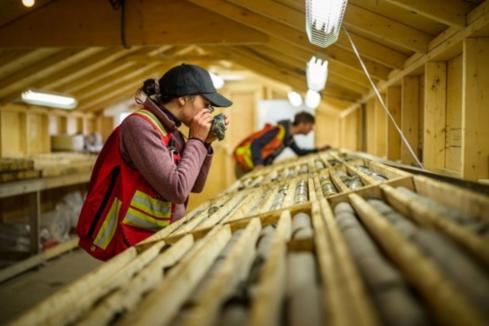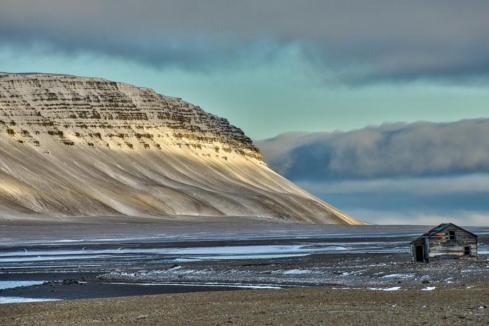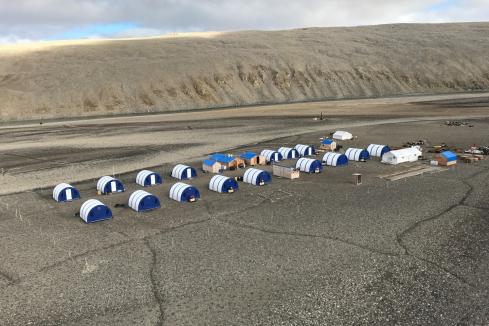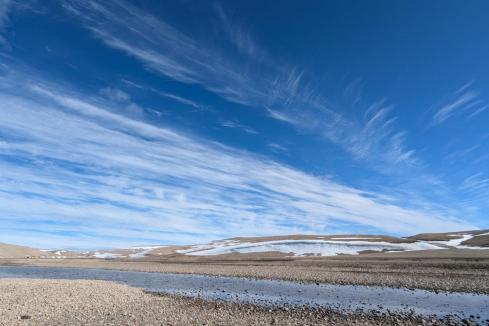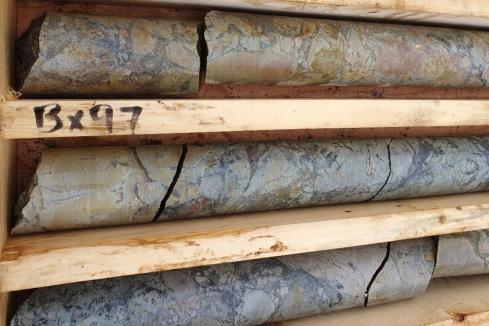In the second Bulls N’ Bears instalment on what made stocks jump in 2023, we look at how some bonanza hits at American West Metals’ Storm Copper project in northern Canada blew up a share price gale. The company’s stock bulged from just 4.3 cents in March to hit a high of 37.5c on August 10 – a rise of more than 772 per cent.

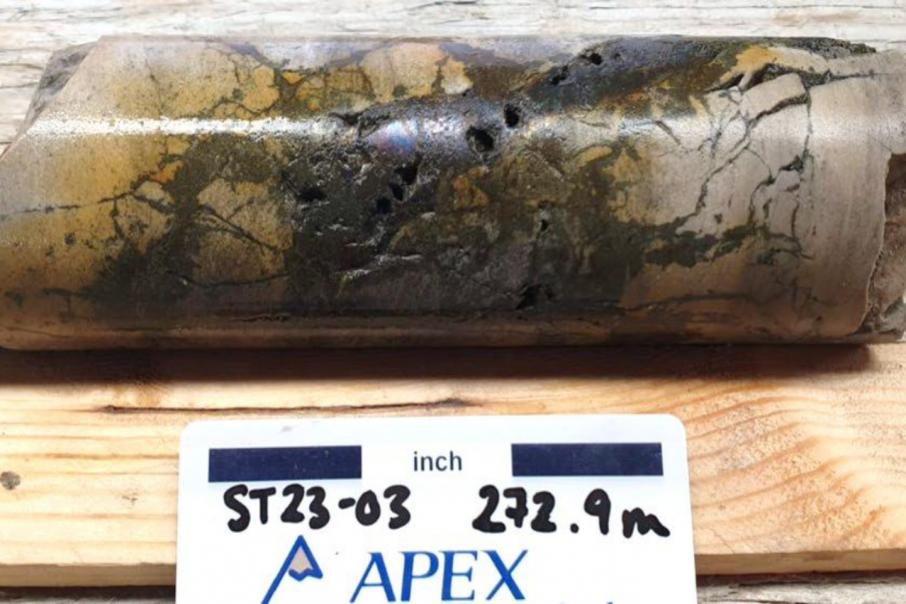
In terms of share price jumps in 2023, there could hardly have been a more aptly-named operation than American West Metals’ Storm Copper project in northern Canada.
And the numbers say it all. After the company’s stock dipped to as low as 4.3 cents in March, some bonanza-grade copper hits blew an absolute share price gale up to a high of 37.5c on August 10 – a rise of more than 772 per cent.
News flow from drill assays at Storm was coming out thick and fast, with the shallow intersections giving some of the highest copper grades seen during the year. So it was little surprise that one the most impressive share price rises would follow.
It all kicked-off on June 6 when American West revealed assays from five drillholes – all of which discovered copper. The highlight was a hole that featured a 1.5m chunk grading 7.1 per cent copper from 82.3m within a broader mineralised horizon that was 9.1m thick and going 2.5 per cent copper from 79.3m.
Another hole showed a 1.5m section grading 5.1 per cent copper from 79.3m, again within a broader 9.2m thick section grading 2.2 per cent from 71.6m and it quickly became clear to investors that the company was onto something substantial. The share price started to move north and broke out of the trading range of between 4c and 6c that it had been stuck in since late February.
On June 13, management unveiled the results of a gravity survey over Storm that suggested a large-scale, near-surface, copper-enriched system. Just nine days later, the company released more drillhole assays, including a 1.5m thick chunk that graded even higher than the first batch, going a solid 8.2 per cent copper from 86.9m.
Other results included 3m at 5 per cent copper from 86.9m within a broader 29m mineralised horizon going 1.2 per cent from 62.5m. Further assays from the batch peaked at 3m reading 3.7 per cent copper from 82.3m and 1.5m at 6.5 per cent from 76.2m, both within broader zones grading 2.1 per cent and 2.9 per cent, respectively.
As more assays were released to market, it was becoming clear that Storm had decent grade and was laterally extensive, just as the gravity survey had suggested. By the end of June, the company’s share price was touching 16c.
The next batch of American West assays hit the market on July 5, again showing plenty of copper and indicating that the mineralisation stretched more than 1.3km long and 300m wide and remained open laterally in all directions.
The results were not as high as previously reported, but still going up to 3.1m at 4.8 per cent copper and 7.6m at 2.9 per cent from 64m within a thicker 15.3m section grading 1.6 per cent from 59.4m.
The company’s share price had swelled to 20c the day prior to the announcement, which may have contributed to the dulled market response to the news.
But on August 2, American West came out of a trading halt with a blazing announcement of thick visual mineralisation up to 45.5m in two diamond core holes. It was significant because the holes not only showed thick copper sulphides, but also suggested Storm may be laterally huge as they were about 680m apart. The company’s share price suddenly leapt to 31c.
More revelations of visual mineralisation in diamond core from Storm followed five days later when the company identified two copper-enriched zones – a new, shallow area 76m thick from 32m downhole and a deeper 2m chunk from 273m downhole. The company’s stock subsequently snuck higher to 34c.
On August 10, management released an investor presentation that tied the Canadian copper story together and the enhanced project clarity obviously resonated with ASX punters, who triggered the company’s share price to its year high of 37.5c.
American West describes its deposit as “camp-scale” and near-surface, high-grade copper has now been defined through a strike of more than 1300m and a width of 400m, with drilling and geophysics supporting the potential to extend mineralisation at least 600m further to the north-east.
The latest news from Storm came on November 27 last year, when management confirmed outstanding grades of 38.2 per cent copper and 30.87 per cent zinc from geochemical sampling of gossan outcrop at the Tempest prospect that forms part of its Storm project.
The company plans to continue with exploration drilling programs across its Nunavut projects this year as it looks to top up its portfolio of prospects while maturing Storm towards a maiden mineral resource estimate.
Last year was no doubt a wild ride for American West shareholders, with a huge mid-year bump on the back of solid copper drill results, before a fade in the last quarter. The company’s share price was at a high of 17.5c today as investors await the imminent Storm estimate.
Global copper prices have been modelled to grow in line with demand from electric vehicle, construction, electronics and telecommunication industries as the red metal’s conductive properties make it a particularly sought-after commodity.
Interestingly, copper is the third-most consumed metal in the world and the oldest known metal still used in the construction industry. It has been modelled to have a compound annual growth rate (CAGR) of greater than 6 per cent in the next five years.\
Is your ASX-listed company doing something interesting? Contact: matt.birney@businessnews.com.au








